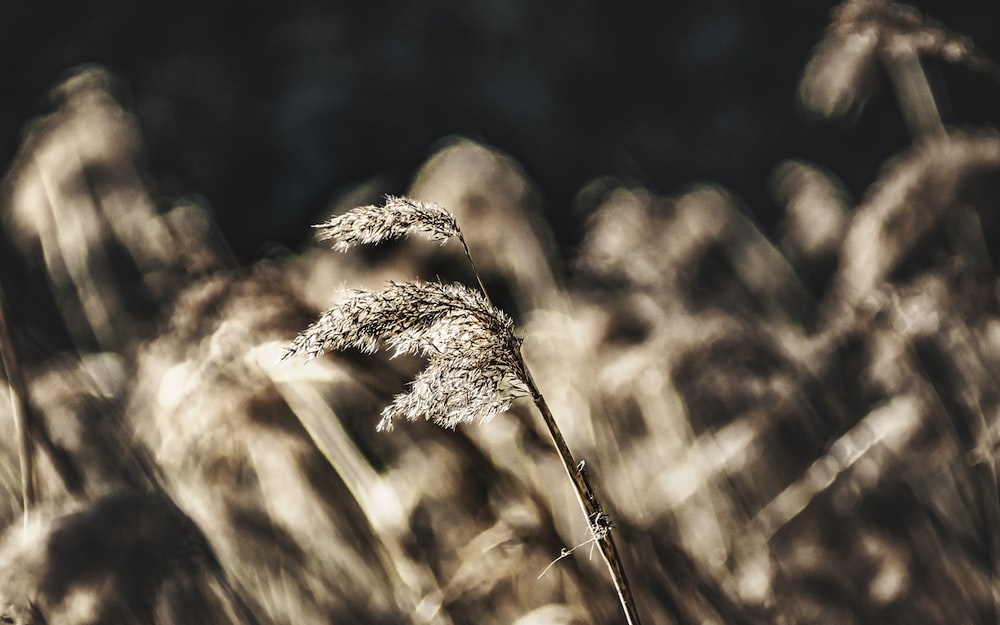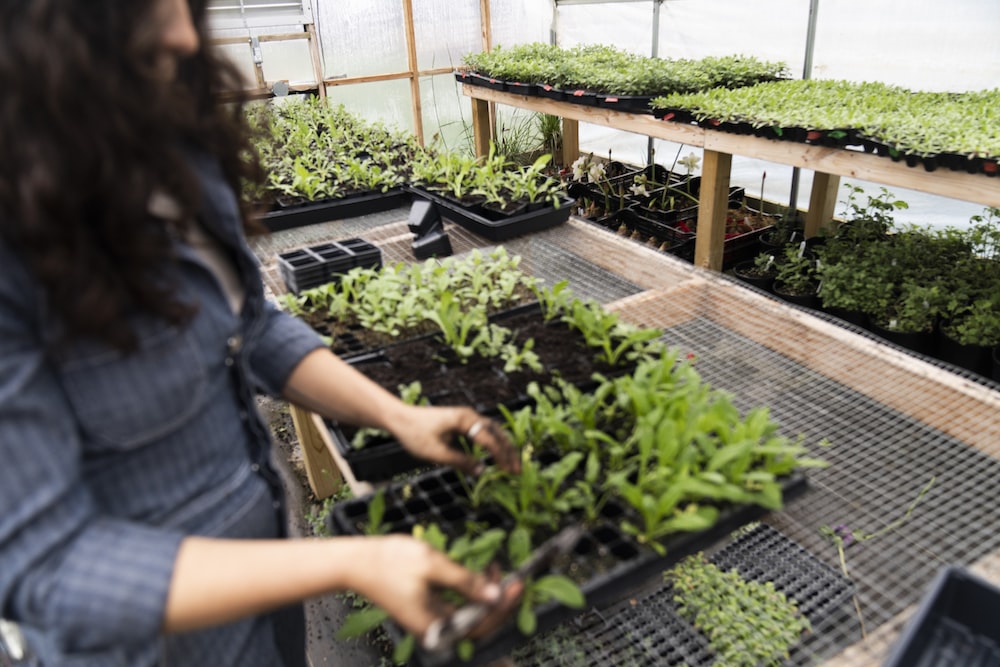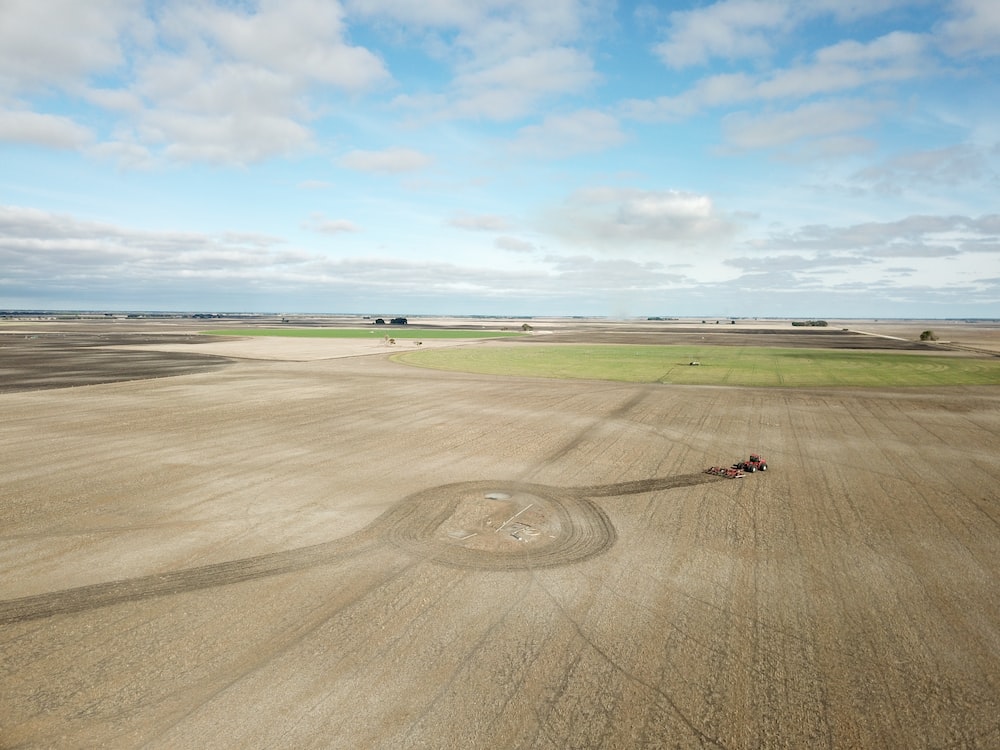Spring is the perfect time to get your lawn ready for the warmer months. Aeration and seeding is essential for a healthy, lush lawn. Aerating the soil helps to improve air circulation and water absorption, while seeding helps to introduce new grass varieties and reduce weeds. By aerating and seeding your lawn in the spring, you can ensure that it stays healthy and vibrant all season long.
To aerate your lawn, use a machine or spiked shoes to poke small holes into the soil. This allows nutrients, air and water to penetrate more deeply. Next, spread grass seed over the area. Make sure to choose a type of seed suited to your local climate. Finally, water your lawn regularly to help the seed take root. With a little effort, you’ll have a beautiful lawn in no time.
Aeration and seeding are important lawn care tasks that help ensure your yard looks its best. Aeration helps reduce soil compaction, allowing moisture and oxygen to reach plant roots, while seeding replenishes nutrients and strengthens grass. The best time to aerate and seed your lawn is typically in the spring or early fall.
Best Time for Aeration and Seeding in Spring
Spring is the best time for aeration and seeding. Aeration helps to loosen compacted soil and allows for better water and nutrient absorption. Seeding helps to add nutrients back into the soil, as well as providing lush grass growth. Aeration and seeding should be done in the early spring to ensure that the grass is healthy and green all season long.
To get the most out of aeration and seeding, it is important to ensure that the soil is properly prepared beforehand. This includes removing any debris or dead grass, ensuring the pH level is balanced, and that the soil is adequately watered.
Aeration and seeding should be done by a professional for best results. They will know how to properly prepare the ground and ensure that the seed is planted correctly. With their help, you can have a beautiful, healthy lawn that will last for years to come.
Aeration and Seeding Frequency

Aeration and seeding are important practices to maintain a healthy lawn. Aeration helps reduce soil compaction and allows water, oxygen, and nutrients to penetrate the soil more easily. Seeding helps to fill in any bare patches, improve turf density, and promote grass growth. Frequency of aeration and seeding depends on the type of grass and soil, but it typically should be done every 1-3 years. Proper maintenance of your lawn is essential for a beautiful and healthy yard.
Aeration and seeding can be performed either by hand or with a mechanical device. Hand aeration is best suited for small areas, while mechanical aeration is better for larger areas. It is important to choose the right aerator and seed for the type of lawn you have.
Finally, keep in mind that both aeration and seeding should be done at the same time to ensure proper results. While aeration and seeding may seem like time consuming tasks, they are essential for a lush, healthy lawn.
Choosing the Right Grass Seed
When it comes to choosing the right grass seed for your lawn, there are many factors to consider. From the type of climate you live in to the amount of sunlight and water available, each factor can have a huge impact on the success of your grass. Consider factors such as soil type, temperature, and even the amount of foot traffic on the lawn, as all of these can affect the type of grass seed you should choose. Researching different varieties of grass seed that are available, as well as understanding the needs of your lawn, can help ensure you get the best results.
The right grass seed can make or break a lawn, so it’s essential to invest the time to find the right one for you. With the right knowledge and preparation, you can create a beautiful and healthy lawn that will last for years to come.
Soil Preparation for Aeration and Seeding
 Soil preparation is an important step for aeration and seeding. To ensure success, soil should be loosened with a pitchfork or tiller to allow easy penetration of air, water, and nutrients. The soil should be turned over, removing any debris and weeds. Adding organic matter such as compost or manure helps to improve soil structure and fertility. After soil preparation is complete, aeration and seeding can begin.
Soil preparation is an important step for aeration and seeding. To ensure success, soil should be loosened with a pitchfork or tiller to allow easy penetration of air, water, and nutrients. The soil should be turned over, removing any debris and weeds. Adding organic matter such as compost or manure helps to improve soil structure and fertility. After soil preparation is complete, aeration and seeding can begin.
Aeration involves creating small holes in the soil to improve drainage and allow oxygen to reach the root system. These holes can be created by hand or with a machine. Seeding is the process of planting the desired seeds or seedlings. Proper soil preparation helps to ensure successful aeration and seeding.
Timing of Aeration and Seeding
Aeration and seeding are essential elements of a healthy lawn. Proper timing of these activities is key to getting the best results. Aeration should be done in late spring or early fall when temperatures are mild and the soil is moist. Seeding should be done after aeration to ensure the best possible results. Both aeration and seeding should be done with quality materials and in accordance with the local climate. With the right timing and materials, you can create a lush, green lawn that will be the envy of the neighborhood.
Benefits of Aeration and Seeding

Aeration and seeding is a great way to improve the health of your lawn. Aerating helps reduce soil compaction, allowing for better water and nutrient absorption. Seeding ensures thick, lush growth and helps prevent weeds from taking over. By combining aeration and seeding, you can create a beautiful and healthy lawn that will last for years.
Regular aeration and seeding can help improve drainage, promote root growth, and reduce soil erosion. It also helps create an ideal environment for grass seed to germinate and grow. All these benefits mean that aeration and seeding can be an effective way to maintain and improve the look of your lawn.
Over-Aeration and Seeding
Over-aeration and seeding are important steps in the preparation of a lawn. Aeration refers to the process of punching holes in the soil to allow oxygen, water, and nutrients to reach the roots of the grass. Seeding is the process of adding new grass seed to the lawn. Both of these methods help promote a healthy and lush lawn.
Aerating a lawn allows oxygen to reach the roots of the grass and improves drainage, which can help reduce the risk of disease and damage to the lawn. Seeding a lawn helps to fill in any bare spots that may have developed over time. Adding a new layer of grass seed will also help thicken the lawn and make it more resistant to weeds.
Proper aeration and seeding are essential to having a healthy and beautiful lawn. By taking care of your lawn, you can enjoy a vibrant and lush outdoor space for years to come.
Preparing the Lawn After Aeration and Seeding

Aeration and seeding are important steps for creating a healthy and lush lawn. After these treatments, it is necessary to care for the lawn properly to ensure it grows strong and looks its best. This includes watering regularly and removing debris from the grass. Additionally, fertilization and mowing can help keep the lawn healthy and looking great.
